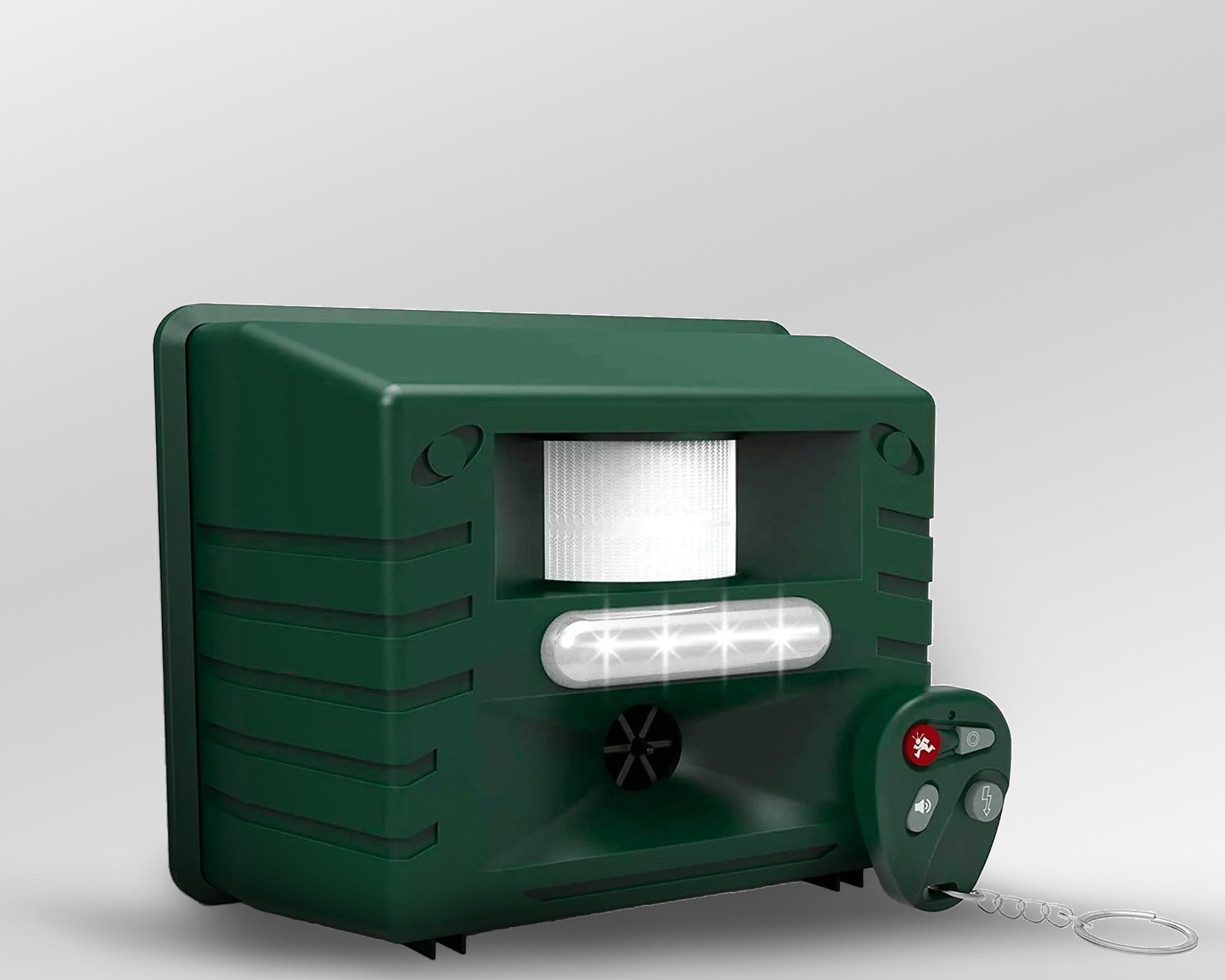Imagine a world where miniature assassins lurk in the shadows, poised to strike at unsuspecting prey. In the intricate tapestry of nature, this world exists, and it's inhabited by the incredible creatures known as flycatchers. These tiny birds belong to the family Muscicapidae and are masters of aerial acrobatics. In this blog, we'll delve into the captivating world of flycatchers, exploring their diverse species, unique hunting techniques, and their role in maintaining ecological balance.
Diverse Species
Flycatchers are a diverse group of birds, with over 400 species spread across the globe. These birds are found in various habitats, from dense forests to urban gardens. Their diversity extends to their plumage, size, and distinctive behaviors.
-
The American Robin (Turdus migratorius): This North American flycatcher is known for its distinctive red breast and melodious song. Although it's not your typical flycatcher, it feeds on a variety of insects, showcasing their insect-catching skills.
-
Eastern Phoebe (Sayornis phoebe): As the name suggests, the Eastern Phoebe is a North American species. It's known for its "phoebe" call and is often seen around water sources, catching insects mid-flight.
-
Common Stonechat (Saxicola rubicola): Found in Europe and Asia, the Common Stonechat is a striking bird with a white collar. It's known for perching on prominent spots and making short flights to catch insects.
Hunting Techniques
Flycatchers are well-adapted for catching flying insects. They employ various techniques to secure their next meal:
-
Aerial Acrobatics: Flycatchers are renowned for their impressive aerial displays. They hover mid-air, using their keen eyesight to spot insects. When they spot their prey, they dart through the air with astonishing agility, snatching insects in mid-flight.
-
Perch and Wait: Some species, like the Common Stonechat, prefer to perch on a high vantage point, such as a tree branch, fence, or rock. From these positions, they survey their surroundings, waiting for insects to come within striking range.
-
Flicking Behavior: Eastern Phoebes are known for their distinctive "flicking" behavior. They sit on a branch, and when they spot an insect, they dash out to catch it in a split second before returning to their perch.
Ecological Importance
Flycatchers play a vital role in maintaining ecological balance:
-
Controlling Insect Populations: These birds are natural pest controllers, preying on a variety of flying insects, including flies, moths, and mosquitoes. By keeping insect populations in check, they help protect crops and reduce the spread of diseases carried by insects.
-
Seed Dispersion: In addition to insects, some flycatchers also feed on berries and fruits. As they digest these fruits, they disperse seeds throughout their habitats, aiding in the propagation of plant species.
-
Indicator Species: The presence or absence of flycatchers in an area can serve as an indicator of the overall health of an ecosystem. Their sensitivity to environmental changes makes them valuable tools for monitoring habitat quality and biodiversity.
Flycatchers are captivating and industrious birds that contribute to the balance of nature through their hunting skills and ecological roles. The next time you encounter a flycatcher in the wild or even in your own backyard, take a moment to appreciate their aerial acrobatics and their important place in the intricate web of life. These tiny assassins are not just hunters but also nature's helpers, silently working to keep our ecosystems in harmony.
#Flycatchers #BirdWatching #NatureLovers #BirdsOfTwitter #WildlifePhotography #Ecology #InsectControl #Biodiversity #Conservation #BirdsAreAmazing #NatureEducation #WildlifeConservation #EcoFriendly #ProtectOurEcosystem #BirdSpecies #AvianWonders #BirdsInFlight #EcoBalance #TinyAssassins














